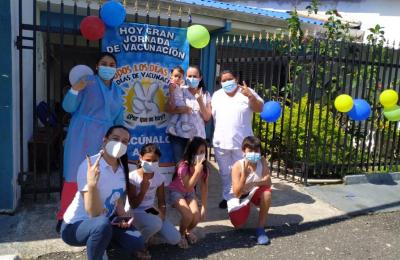Intimate partner violence in the Americas: a systematic review and reanalysis of national prevalence estimates
Objectives.
To describe what is known about the national prevalence of intimate partner violence (IPV) against women in the Americas across countries and over time, including the geographic coverage, quality, and comparability of national data.












